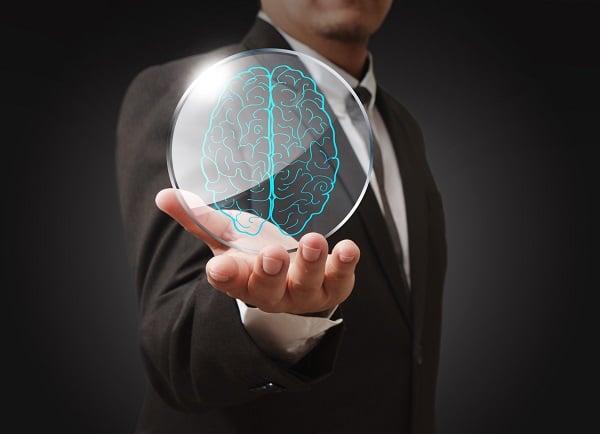Data and Medical Education: Reimagining the Medical School

This is the second installment of a two-part interview with Marc Triola. In the first part of the Q&A, Triola explained how the NYU School of Medicine is responding to a market need by creating avenues for medical students to learn data analysis and manipulation skills. In this interview, Triola discusses how data analytics and metrics—among other technological innovations—are helping to transform the broader medical education community.
The EvoLLLution (Evo): How are you and your colleagues using data analytics to transform program design and the student experience at the School of Medicine?
Marc Triola (MT): All of the data referenced earlier can provide a very comprehensive picture of health care that can and should be used to inform our medical school curriculum. For instance, what diseases are most commonly seen? What are new and emerging conditions our graduates may see more of in the future? Do our lectures, cases and simulation exercises match up with the clinical encounters our graduates are likely to experience in practice? In the era of shared and integrated big clinical data sources, we can answer these questions across our entire region/state/nation.
We are experimenting with linking the individual clinical cases our students are seeing with data from our electronic health record system (our local picture) and data from the SPARCS database (the regional and state-wide picture). We can then compare these data and present the student with a picture of the types of patients, procedures and diagnoses they have seen over time. Combined with data from SPARCS for example, students can then compare their personal patient panel with that of practicing physicians at different types of hospitals throughout New York state.
These kinds of analytics can be used by our students to inform what elective courses they take and what types of clinical experiences they seek out while on their clerkships.
Evo: What are a few other technological advances that are reshaping medical education?
MT: As was eloquently stated in a 2014 Educause publication, “Every project is an IT project.” The technology advances impacting education are vast and diverse. Educational and clinical technologies are now a part of virtually every aspect of medical education. A look at the EduVentures Higher Education Technology Landscape shows not only hundreds of new software startups and products in use, but also entirely new categories of technologies transforming education.
Medical education providers are rapidly adopting the technologies of higher education in general: learning management systems, electronic assessment and evaluation systems, ePortfolios, online learning modules and textbooks, iPads for mobile learning, massive open online courses (MOOCS), etc.
In addition, there are some highly specialized, technologically enhanced solutions that pertain more directly to medical education. For instance, at NYU School of Medicine, we have developed a Google Maps-based Virtual Microscope. Many schools are experimenting with virtual reality for visualizing human anatomy and radiology studies in true 3D. Virtual patient systems are being used to challenge students to solve complex clinical cases and mannequin simulators (essentially a model of a whole human) can simulate complex diseases and even have vital signs. What’s more, clinical technologies such as handheld ultrasound machines are also now being routinely used in medical education.
Evo: Generally speaking, how open are medical educators to the migration toward technology-enhanced education?
MT: Medical educators, and health profession education as a whole, are embracing technology-enhanced education. There is a real excitement that technologies can overcome many of the challenges of the cost and pace of traditional modes of education; that they can give much broader access to teaching and learning resources, that the electronic learning data will move us from anecdotally to epidemiologically driven education, and that technology will help bridge the gap between our education and clinical missions. This year the Josiah Macy Jr. Foundation’s Annual Education Conference was focused entirely on how to enhance health professional education through technology. The themes that emerged from that conference echo this enthusiasm: technology can expand faculty reach. It can enhance the use of effective pedagogy. Personalization for each learner is powerful but only truly possible through eLearning data.
In the context of this enthusiasm, there are still several areas where much work remains to be done. The evidence base with which learning technologies are most effective, and in what settings, needs to grow. Faculty development and support surrounding the best use of various technologies is key. Lastly, medical education is fundamentally about caring for our patients. Educational technology cannot and should not replace the critical human interactions that are part of becoming a health care provider. Understanding how technologies can best be used to enhance human interactions, provide more time for health care teams to learn together and improve our abilities to be lifelong learners in partnerships with our patients will be especially key for medical education.
Author Perspective: Administrator



